
It all began a couple of weeks ago when a journalist on an English national newspaper phoned me up out of the blue and asked “You’ve written a book about the history and legends of East Yorkshire and the Yorkshire Wolds, what do you think about these reports of werewolf sightings in Hull?”
Now this interested me as werewolves are not part of the traditional folklore of England. Yes, we have plenty of “ghoulies and ghosties and long-leggedy beasties and things that go bump in the night” (to use and old Cornish saying) but we don’t have werewolves. In fact, the only werewolf to be found in the legends is the Werewolf of Flixton, otherwise known as “Old Stinker” because of his foul breath, who was first reported in the 12th century.
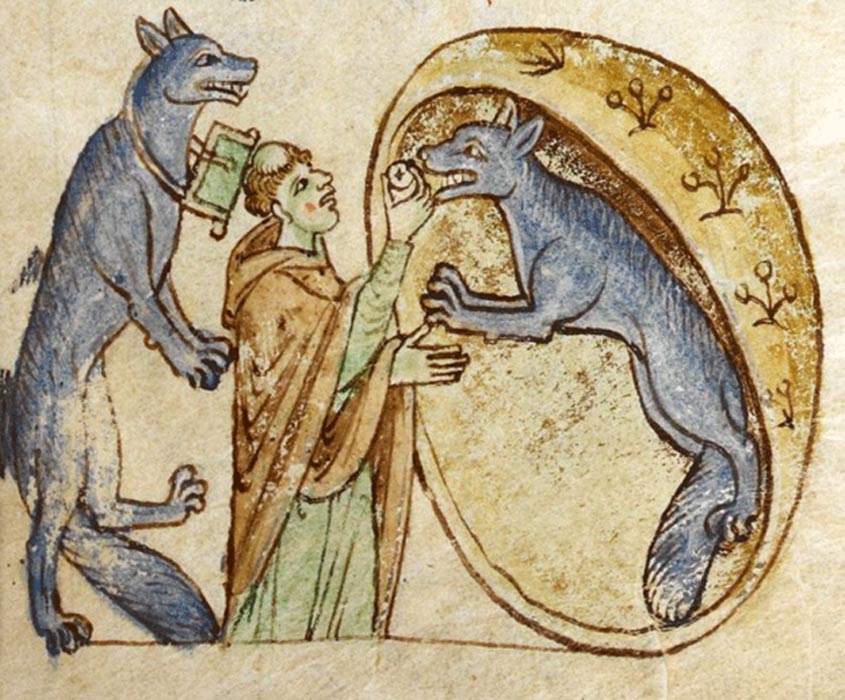
An illustration from Topographia Hiberniae depicting the story of a traveling priest who meets and communes a pair of good werewolves. (Public Domain)
The intriguing aspect is Flixton is only 35 miles or 65 km (as the crow flies – or as the wolf runs) from Hull, so I replied “Sounds like your Hull werewolf might be Old Stinker taken to hunting in pastures new.”
It was a light-hearted remark, not least as the last reported sighting of Old Stinker was 50 years ago – and of course the credibility of even that depends on whether or not you believe werewolves really exist! But, the die was cast and I’d given the beast a name.
Over the next few days the story of Old Stinker, the Hull werewolf, went viral. There were reports in all the main national newspapers in the UK talking about the residents of Hull fearing for their lives because an eight-foot-tall, blood-crazed werewolf might be stalking their streets. And, on a personal note, most of them name checked me as the “expert” in local history and folklore who had identified the creature.
In the circumstances, it therefore should not have come as a surprise to me when the Sunday Express newspaper invited me to join their “crack team” of “paranormal investigators” on a werewolf hunt in Hull on the night of the next full moon. (The full team comprised newspaper journalist Mark Branagan, local historian Mike Covell, along with myself and my wife Jane Christian.)
And, that is how I found myself at 11:00pm, on the night of 21st May, in the abandoned and distinctly spooky precincts of Saint Mary’s graveyard, in the Sculcoates district of Hull, standing by a tombstone posing for press photographs.
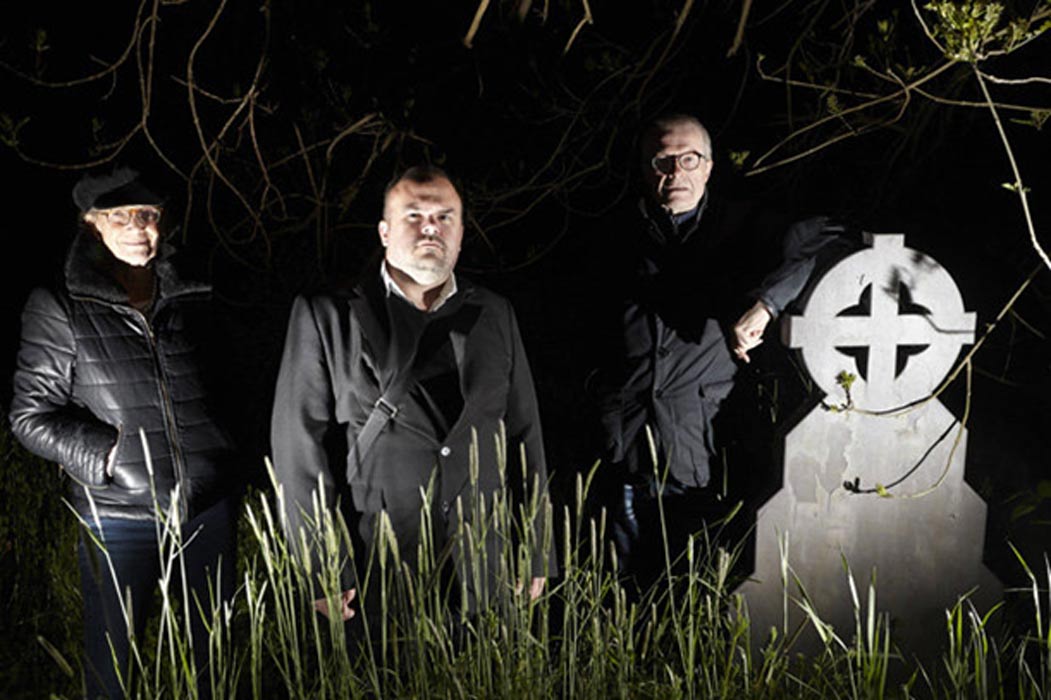
Fearless Werewolf Hunters: Jane Christian, Mike Covell, and Charles Christian. (Courtesy author)
So let’s now rewind history and go back to the origins of the Old Stinker story...
At the foot of Staxton Hill, on the northern edge of the Yorkshire Wolds, is pub and caravan park located at a place called Spital Ho. This was first mentioned in the reign of the Saxon Monarch King Athelstan who, in AD 937 AD, granted the local lord of the manor a charter giving him the right to found a “Hospitall, for the defense of way-faring people passing that way from Wolves, least they should be devoured.”
And it was needed, for during the Medieval period there are plenty of reports of the Yorkshire Wolds being “infested” with wolves, which in winter would come down from the hills to attack not only the flocks of sheep grazing there but also the shepherds watching over them. According to the Anglo Saxon Chronicle, the month of January was also known as Wulfmanoth (or Wolf Month) because “people are wont always in that month to be in more danger of being devoured by wolves than in any other.”
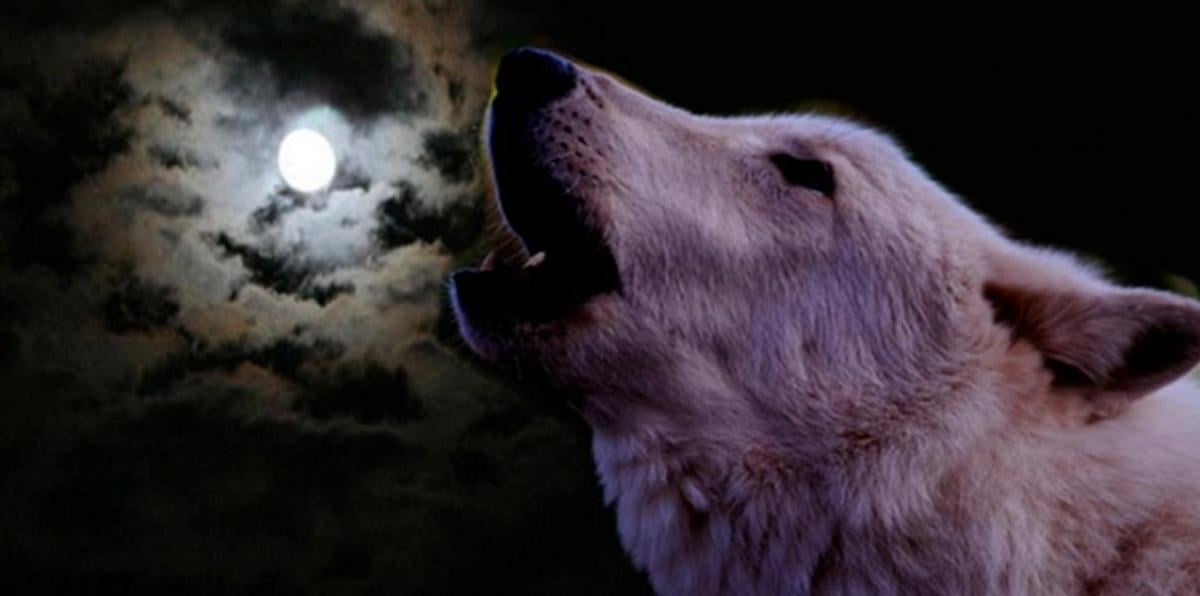
The wolf (CC BY 2.0) howls against the moon (CC BY 2.0).
The hostel Spital Ho, part of the parish of Flixton, survived until the reign of King Henry VIII although by then the hostel had already outlived its original purpose as the last wolves in England (they lived on in Scotland for at least another two centuries) were hunted to extinction during the reign of King Henry VII (1485-1509). Or were they? The Yorkshire Wolds were one of the last strongholds of wolves and there are reports that some Wolds parishes were still offering “wolf bounties” up until the late 18th century. But what about the werewolf?
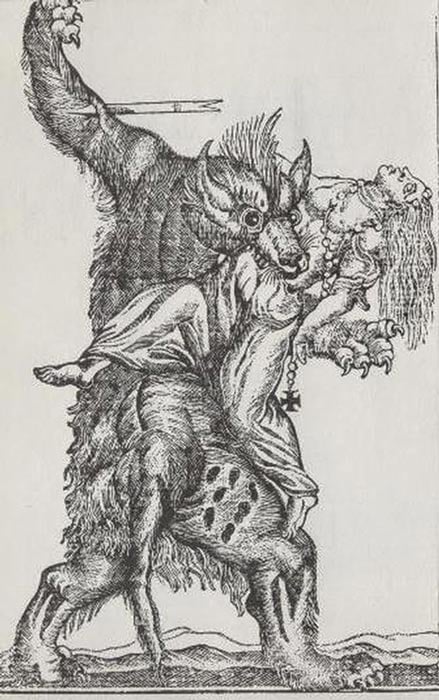
A werewolf devouring a woman 19th century engraving. (Public Domain)
According to the 16th century historian and antiquarian William Camden, in times of severe weather wolves were regarded with particular loathing because they scavenged in graveyards for freshly buried corpses. The wolves’ skills—their cunning in discovering unprotected cattle, their boldness in attacking travelers, and their habit of suddenly descending in large packs on areas where they’d previously been unknown—gave rise to the belief they were not ordinary wolves but human beings who adopted a wolf-like shape by night.
During the Saxon times, there was even a suggestion these creatures were controlled by a wizard, whose normal appearance enabled him to gather information about cattle, sheep and human wayfarers in taverns and markets. A variation of this tale says the wizard was a shapeshifter himself, who would reconnoiter the area by day in human form before turning into a wolf at night to seize his victims.
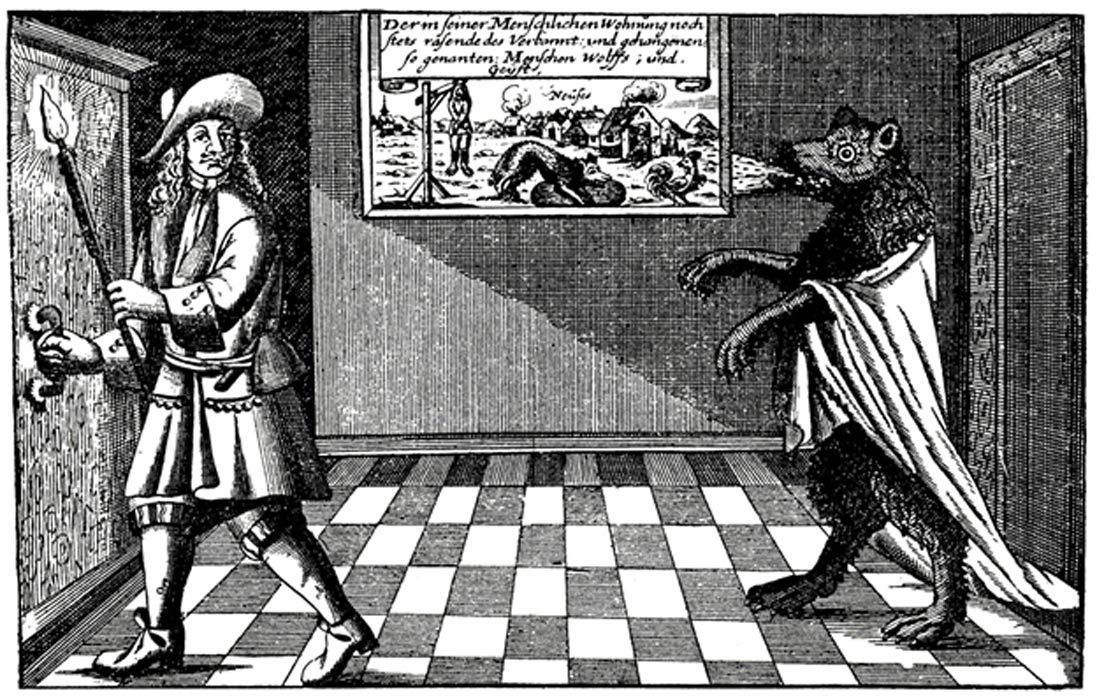
It was believed men could transform into werewolves either by night, or after their deaths. 1685. (Public Domain)
After these initial reports of wolf activity in Saxon times, there is an account two centuries later (circa 1150) of a large wolf prowling the area and taking and eating a local shepherd and a young girl, as well as a few farm animals. Although wolf-like in appearance, this creature is described as walking upright and having a particularly long and powerful tail, almost as long as its body, that it used to knock its victims to the floor. It is also at about this time we hear the first reports of the creature’s ferocious red eyes “crimson and darting fire” and foul breath.
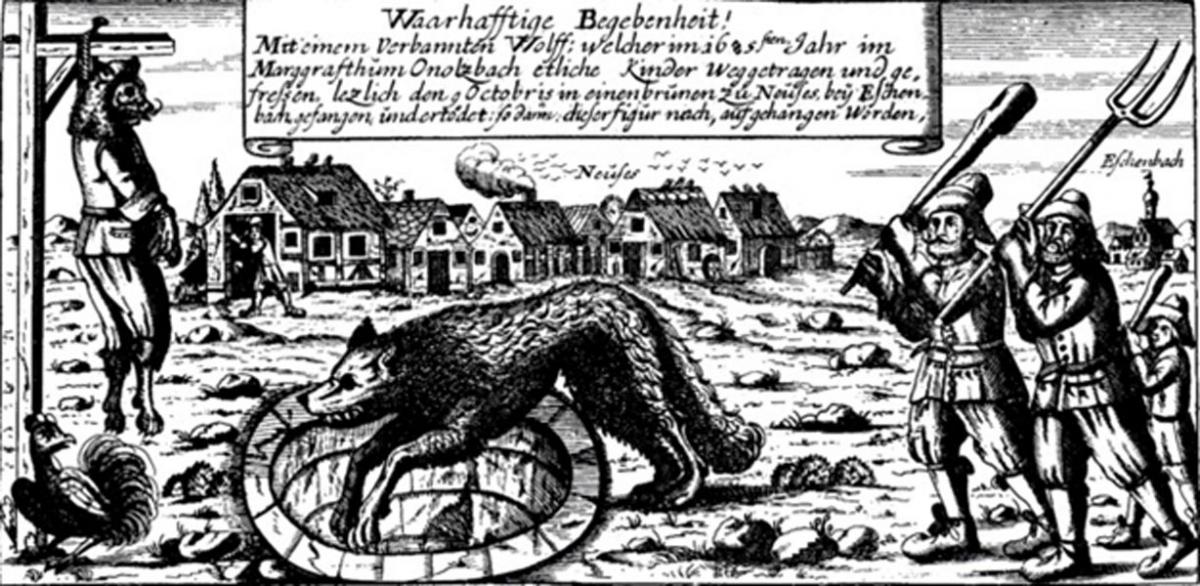
17th century print showing werewolf hunting in Germany (Public Domain)
Over the next few hundred years, the werewolf disappears from the historical record only to reappear during the closing years of the 18th century, when a huge wolf-like creature attacked a coach travelling along the York road near Flixton. The wolf fled after being shot by one of the occupants (although not with silver bullets—the only weapon effective against werewolves, tradition has it) and was not heard of again until the 1960s when a lorry, whose driver had slowed down at the sight of the two glowing red lights (which subsequently proved to be the beast’s eyes) was attacked by a huge wolf-like creature that tried, unsuccessfully, to smash its way through the windshield.
(When I was a teenager growing up in nearby Scarborough, the local legend was Old Stinker returned at dawn to sleep in a tomb in the churchyard of St John the Evangelist in the neighboring village of Folkton.)
So could there have been a werewolf haunting this area of Yorkshire over 1000 years ago? Or was there a more natural explanation?.....

This article is an AO exclusive - Premium members only.
To discover AND have access to 100% unshared, daily articles, published by top industry authors and experts:
You need to join the #1 Online Community for all things Mythology and Ancient history: Ancient-Origins Premium!
